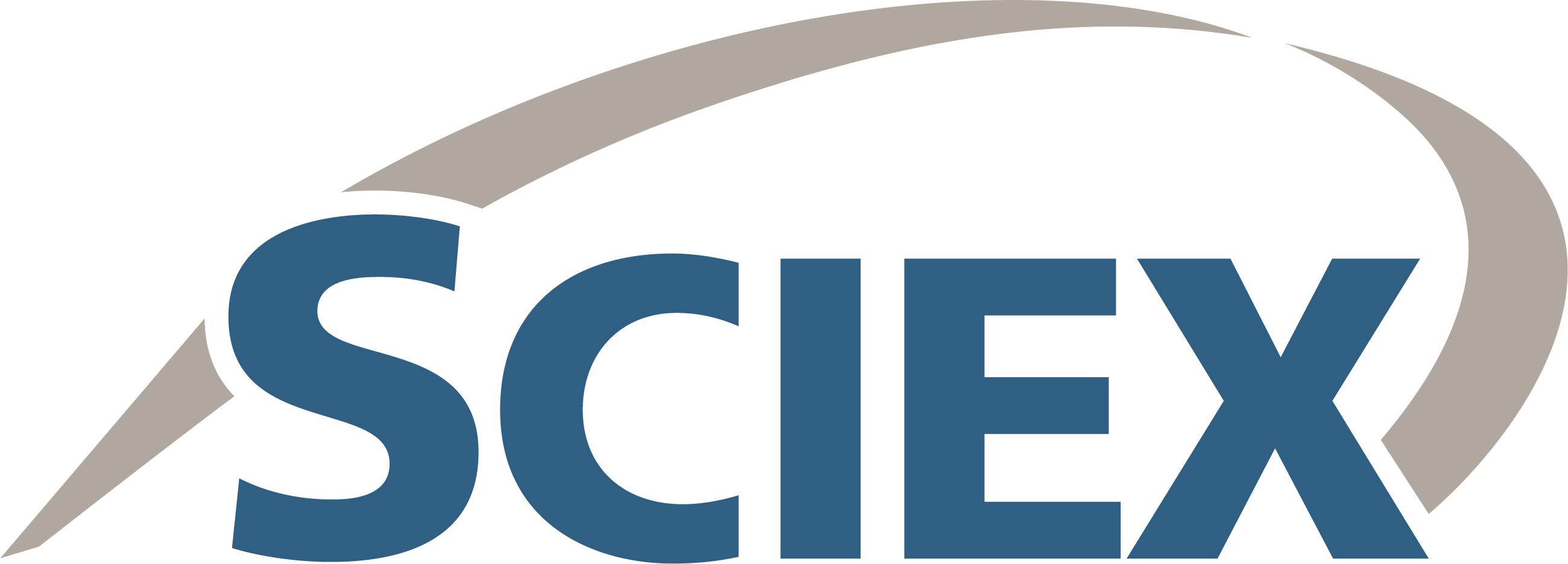You asked, we answered! With analysis speeds of at least 1 sample per second, the Echo® MS system has created a buzz in the industry. This is up to 50x faster than conventional LC-MS/MS. This revolutionary tool for drug discovery and development has led to many questions from scientists and researchers around the world. We answer the top 7 Echo® MS system questions here.
What are some major differences between Echo® MS system data and LC-MS data?
- The timescale for the Echo® MS system is up to 50x faster than LC-MS.
- In Acoustic Ejection Mass Spectrometry, there is no chromatographic separation, so you need to pay attention to isobars.
- Method development for Echo® MS system is different, but simpler, with fewer variables to optimize.
Compared to LC-MS, are you putting more contaminants into the instrument and increasing the need for cleaning because of the high sample throughput?
The sample ejection volume for the Echo® MS system is about 0.1% of what you are injecting into an LC-MS system. Therefore, you are putting many fewer contaminants into the system over the same period of time.
Does the Echo® MS system require a new suite of software to control it? How are the data processed?
The SCIEX OS software controls the system. This allows us to automatically process the data and export the results to any visualization software or LIMS. The SCIEX OS API (Application Programming Interface) allows integration with automation software from robotics vendors.
What types of liquid handling systems can be interfaced upstream of the Echo MS system? And what plate/sample throughput rates are possible?
The system is compatible with any vendor’s robotics system that can manage 384- and 1536-well plates. The cycle time for 384-well plates is less than 10 minutes, and for 1536-well plates it is less than 30 minutes.
What is the footprint of the Echo® MS system?
The total size of the system is approximately 1.3 meters x 1.4 meters. This does not include the acquisition computer (which can be located up to 2 meters from the system) or the 1 meter of service access required around the entire system.
How many droplets can be included in a single ejection on the Echo® MS system? Are the droplet sizes the same for all liquids?
- The number of droplets that can be used for a single ejection is dependent on the matrix. Simple, mostly aqueous matrices can work with ejections up to 20 droplets, while more complex matrices show good results with four or five. Droplet size will vary slightly for liquids of different viscosity.
- The droplet size is consistently 2.5 nL, so replicate injections of the same sample are ejected to hit desired levels of sensitivity.
When using the Echo® MS system, what is the minimum sample volume needed?
For a 384-well plate, the minimum volume required in the well is 20 µL and for 1536-well plates the minimum volume required is 3 µL. This is to ensure efficient ejection of the sample droplet.
Do you have a question? Please submit your question today or add it below in the comments.
Learn more about what the Echo® MS system can do for your lab at sciex.com/echoms. You will be able to see inside the system, download the brochure, gain access to technical notes, watch the video and request a quote.






 Contact Support
Contact Support
nice